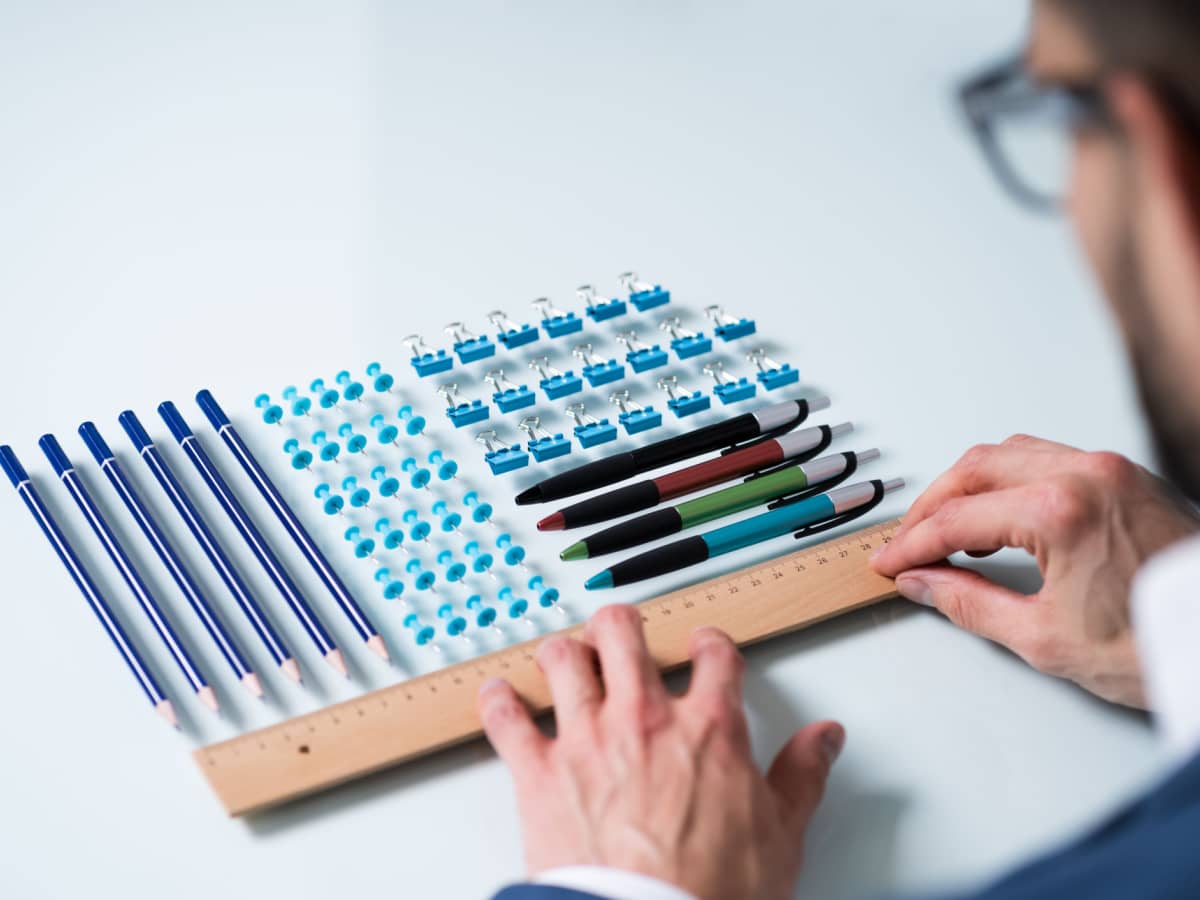
Many of us evade our feelings. And we do so for a range of reasons, typically related to fear – the fear of loss, the fear of conflict, the fear of change, according to Joyce Marter, LCPC, a therapist and owner of Urban Balance, a counseling practice in the Chicago Area. Even positive feelings can be overwhelming, she said.
So we pretend they don’t exist. We bury them under piles of tasks and chores. We stuff them into filing cabinets, into the already bursting closets of our brains. We eat them. We drink them. We discount them.
But feeling our feelings is vital. “If honored, our feelings are sources of information that can lead us on our paths of living life authentically,” Marter said. Your feelings are a valuable barometer, letting you know “when things don't feel right and when they do.” Here’s how to make the most of that barometer, along with coping effectively.
Decode the message.
As Darlene Mininni, Ph.D, MPH, writes in her book The Emotional Toolkit, our emotions have purpose. And it’s important to figure out what they’re trying to tell us. She classifies emotions into four main categories: anxiety, anger, sadness and happiness. To understand what each emotion is communicating, she suggests considering these questions: What am I afraid of? How have my values been attacked? What have I lost? What have I gained? Each question corresponds with an emotion.
“Feelings are waves of energy that we feel within our bodies,” Marter said. That’s why she suggested quieting yourself with deep breathing. Then pay attention to where you’re holding tension or feelings in your body. “Give those sensations a shape, color and size. Imagine breathing into those regions and giving yourself whatever it is that you need, like peace, love or serenity. Then imagine breathing out or releasing whatever it is that you don’t need.”
Put it in writing.
“Writing can be very cathartic,” Marter said. It also can help you make sense of your emotions. Marter encourages her clients to free associate on the page, writing whatever comes to mind. Start with the simple words, “I feel,” and keep going. Or make a habit of articulating your feelings every day. Every morning or night, write down everything that’s on your mind and in your heart.
Channel it.
Channel your feelings into healthy pursuits and passions. Let the emotion move through your body and emerge through your hands. Create art, make music, play or dance, Marter said. Play with paint or with your pet. Pen a poem. Pull weeds from your backyard. Prune your plants. Scribble on a sheet of paper. Mold Play-Doh. Sketch the shapes and colors of your emotions.
Move your body.
“Exercising can be a powerful release,” Marter said. Sometimes, when she’s angry, she runs and imagines the ground is everything she’s frustrated, disappointed or resentful with. She also likes to whack a tennis ball against the wall, and imagines it’s everything she can’t control.
Use a box or basket or another kind of container to create a kit that houses anything that soothes you. When you’re experiencing painful emotions, turn to this kit for comfort. This way, you have everything you need at your fingertips. You don’t have to come up with a healthy strategy while you’re in the thick of distressing emotions. Your kit might contain your favorite music; a CD with guided meditations; a favorite book; your Bible; a journal; scented candles; and the phone numbers for loved ones you can count on.
Work with a therapist.
According to Marter, “Therapy is a great place to process your feelings, experience empathy and allow your feelings to direct you toward positive change and growth in your life.”
Feeling your feelings can be overwhelming. But remember that feelings are key sources of information. They give us vital clues and insights for making decisions about ourselves, our needs and our lives.
Margarita Tartakovsky, MS, is an associate editor at Psych Central and authors the body image blog Weightless. She writes about everything from anxiety and ADHD to creativity and couples to mindfulness and stress. You can learn more about her work at her website.

